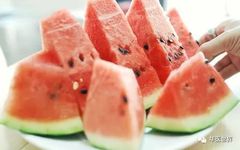Summary of Traditional Chinese Medicine Courses
01
All Courses by Ni Haixia
02
Comprehensive Guide to TCM Treatments for Common Diseases
03
Focused Study on TCM Topics
04
Online Reading of TCM Learning Books
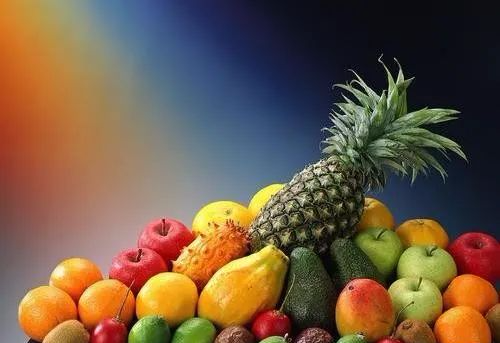
Since ancient times, people in our country have known that foods can be classified as cold, hot, warm, or cool. In our diet, we pay close attention to this classification; for example, individuals with a weak spleen and stomach should avoid cold and cool foods, while those with a damp-heat constitution should limit their intake of warm and greasy foods.
What are the different characteristics of foods with varying properties?
Today, we have compiled some modern research and TCM explanations regarding the origins of cold and hot properties of foods, and at the end, we have included a table categorizing foods as cold, hot, warm, or cool for your reference.
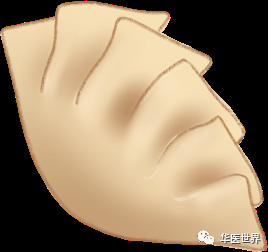

Modern Research on the Cold and Hot Properties of Foods

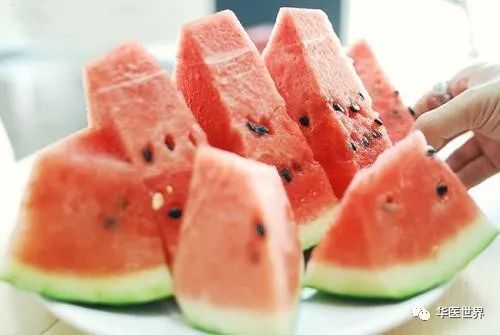
1. The Cold and Hot Properties of Foods
Relationship with the Three Major Energy Substances
The cold and hot properties of meat are based on three major energy substances: carbohydrates, proteins, and fats.
As the content of energy substances doubles, the likelihood of the food’s property level increasing (cold < warm < hot) significantly increases.
Hot medicinal herbs have higher sugar and amino acid content than cold medicinal herbs.
Moreover, the concept of “food and medicine sharing the same origin” indicates that research on the properties of medicinal herbs is of great guiding significance for food studies.
2. The Cold and Hot Properties of Foods and Their Relationship with Minerals
Ni Li and others established a mathematical model and biochemical indicators to determine the cold and hot properties of fruits.
The discriminative equation is Y = -10.19173X8 – 1.42593X5 + 0.14975X4, where X8, X5, and X4 represent the contents of copper, iron, and magnesium, respectively.
Foods high in magnesium and copper tend to be cold, while those high in iron, selenium, and zinc tend to be hot.
3. The Cold and Hot Properties of Foods and Their Relationship with Vitamins
Zhang Han and others found that the content of vitamins C and E is positively correlated with the heat property of foods and established a quantitative standard for the cold and hot properties of meats, where X1 to X12 represent moisture, protein, fat, carbohydrates, cholesterol, ash, VA, thiamine, riboflavin, VB6, folic acid, and monounsaturated fatty acids. This indicates a close relationship between the cold and hot properties of foods and their vitamin content.
Zhao Xingye conducted experiments on Kunming mice and discovered that the neutral property of foods is primarily determined by vitamins E and F.


Cold and Hot Properties in Medicinal Herbs

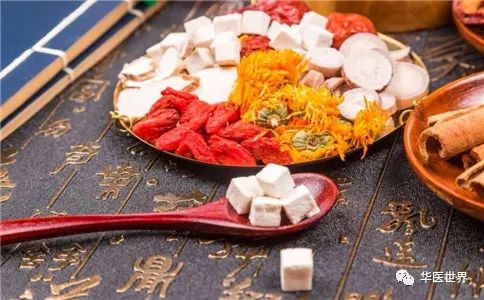
No explanations regarding the cold and hot properties of foods were found in TCM literature. However, based on the theory of “food and medicine sharing the same origin,” research on the cold and hot properties of medicinal herbs provides significant reference value for food studies.
The temperature properties of medicinal herbs are described as warm, cool, cold, hot, and neutral, referred to as “qi”;
The flavors are described as sour, bitter, sweet, pungent, salty, and bland, referred to as “wei”;
Functions such as dispersing, attacking, transforming phlegm, digesting, softening hardness, dissipating masses, soothing the liver, regulating qi, and promoting urination describe the “uses” of the herbs.
Fang Taihui and others in “Pharmacology of Chinese Medicinal Herbs” state that “the four properties of medicinal herbs (four qi) refer to the four different functions of cold, hot, warm, and cool, reflecting the reactions produced by the herbs when they act on the body.
Modern research on the four properties of medicinal herbs mainly studies their effects on the central nervous system, autonomic nervous system, endocrine system, and basic metabolic functions.
Ancient people could not have known concepts such as the central nervous system, autonomic nervous system, endocrine system, or basic metabolic functions, nor could they measure the heat contained in herbs.
Their most direct method was to observe the appearance of the herbs, their growing environment, and the body’s reactions after consuming the herbs to infer their properties.
While observing the appearance and growing environment of herbs has some value, ultimately, determining the properties of herbs relies on observing the body’s reactions after consumption.
The legend of “Shennong tasting hundreds of herbs” reflects this point.

Ancient people recognized the cold and hot properties of herbs by observing their effects on the human body (including both healthy individuals and patients), which is beyond doubt.
In other words, the cold, hot, warm, and cool properties of medicinal herbs describe subjective sensations, and these sensations are influenced by the individual experiencing them.
Because of this, different practitioners may make different judgments about the same herb.
The so-called cold and hot properties in TCM do not refer to the heat contained in the herbs, but rather the cold and hot sensations produced by the herbs’ effects on the human body. This sensation is roughly in the same category as subjective temperature perception and can theoretically be measured to obtain relatively objective values.
In TCM, treating diseases involves using the subjective sensations of cold and hot properties of herbs to adjust the patient’s cold and hot symptoms, which is logically sound. Objective cold and heat can be measured, subjective sensations of cold and heat can also be measured, and the properties of herbs can be measured.
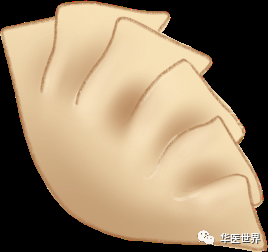
The so-called cold and hot properties of foods are primarily summarized from medical practice and life experience, serving as a functional regulation of the body’s perception of heat or cold. Currently, it is still challenging to obtain precise data like nutritional components.
Generally, hot foods have a strong warming and stimulating effect, particularly evident for cold constitutions and pathological conditions;
warm foods have a certain warming effect on the body;
neutral foods generally do not exhibit tendencies toward cold or hot after consumption;
cool foods have a certain cooling effect on the body or symptoms;
cold foods have a strong cooling effect on the body, especially in pathological conditions, where hot constitutions and false heat symptoms are more pronounced.
Appendix: Table of Cold and Hot Properties of Foods↓↓↓
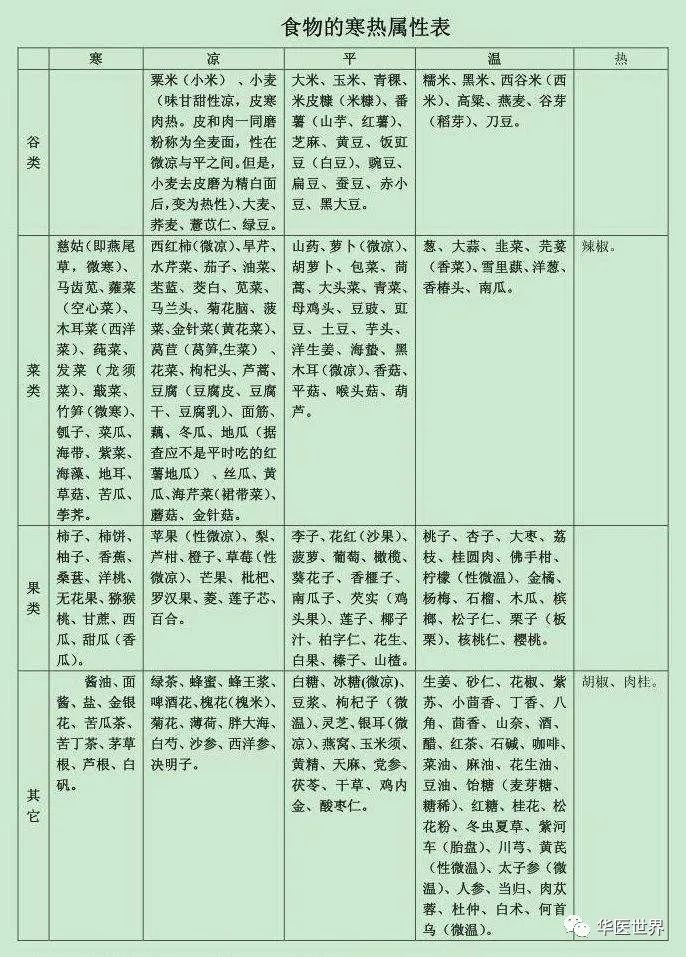 Classifying foods as “cold, hot, warm, or cool” is the crystallization of ancient wisdom in our country. Although the internal mechanisms still need to be explored, this knowledge of everyday foods has guided us in maintaining a reasonable diet and healthy eating habits from ancient times to the present.
Classifying foods as “cold, hot, warm, or cool” is the crystallization of ancient wisdom in our country. Although the internal mechanisms still need to be explored, this knowledge of everyday foods has guided us in maintaining a reasonable diet and healthy eating habits from ancient times to the present.
For neck, shoulder, waist, and leg pain, apply Hei Bai Tong.

